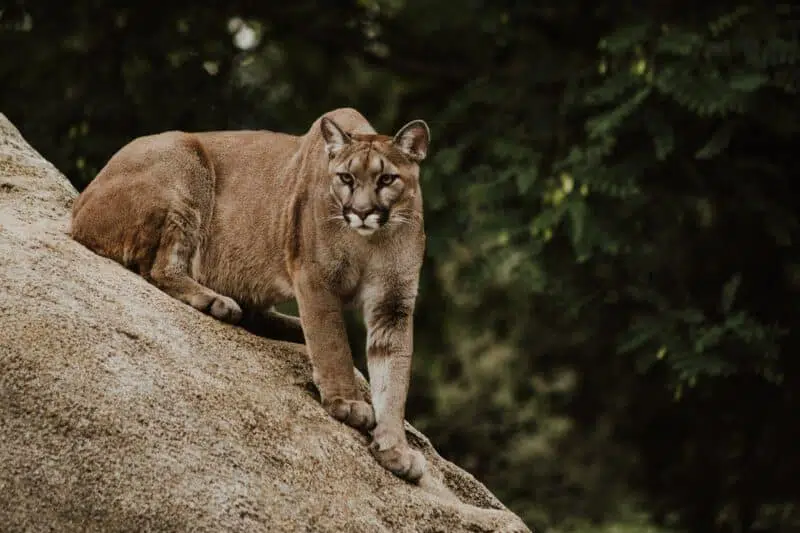For the adventurous, daring explorer looking for something wilder than your typical hike in the woods, there is nothing quite like going head-to-head with nature’s most fearsome predators.
When it comes to frightening creatures of the American wilderness, few can match the fierce faceoff between an American cougar and a Western Diamondback Rattlesnake. Both formidable enemies must be respected and approached cautiously before any interaction occurs.
In this blog post, we’ll explore their similarities and differences and outline their behavior patterns and preferred habitats so that you can make sure you come out of any encounters unscathed!
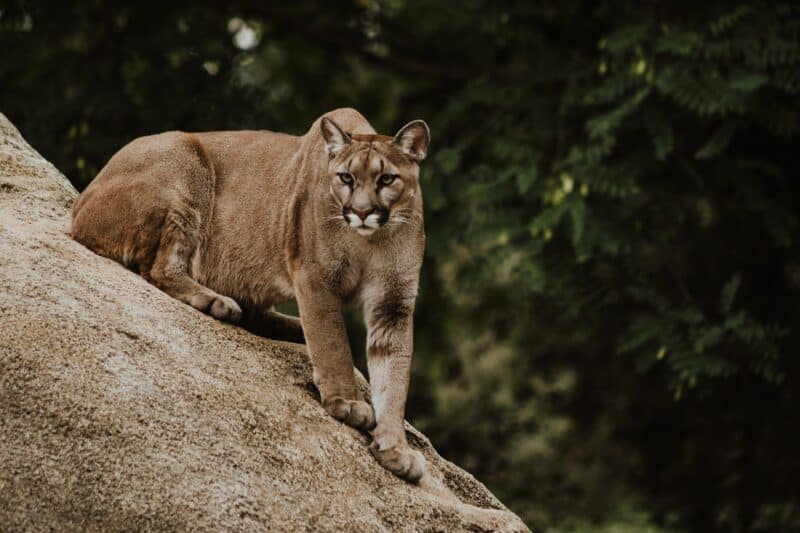
Want to jump ahead? Click below
Comparison Table
| Characteristic | American Cougar | Western Diamondback Rattlesnake |
|---|---|---|
| Scientific Name | Puma concolor | Crotalus atrox |
| Size | Up to 2.4 meters long and can weigh up to 68 kg | Up to 1.8 meters long |
| Habitat | Various habitats including mountains, forests, and deserts of North and South America | Arid regions, deserts, grasslands, and scrublands of North America |
| Lifespan | Up to 10-12 years in the wild | Up to 20 years in the wild |
| Social Structure | Solitary animals | Solitary animals |
| Diet | Carnivorous, preying on small mammals, birds, lizards, and occasionally other snakes. | Carnivorous, preying on small mammals, birds, lizards, and occasionally other snakes |
| Reproduction | Gestation period of around 90-96 days, giving birth to a litter of 1-6 cubs | Live-bearing, giving birth to 4-25 live young |
| Predators | Few natural predators, but occasionally targeted by bears and other cougars | Few natural predators, but occasionally targeted by birds of prey and larger mammals |
| Conservation Status | Least Concern (population stable) | Least Concern (population stable) |
Overview of Cougars and Rattlesnakes – Size, Habitat, Diet
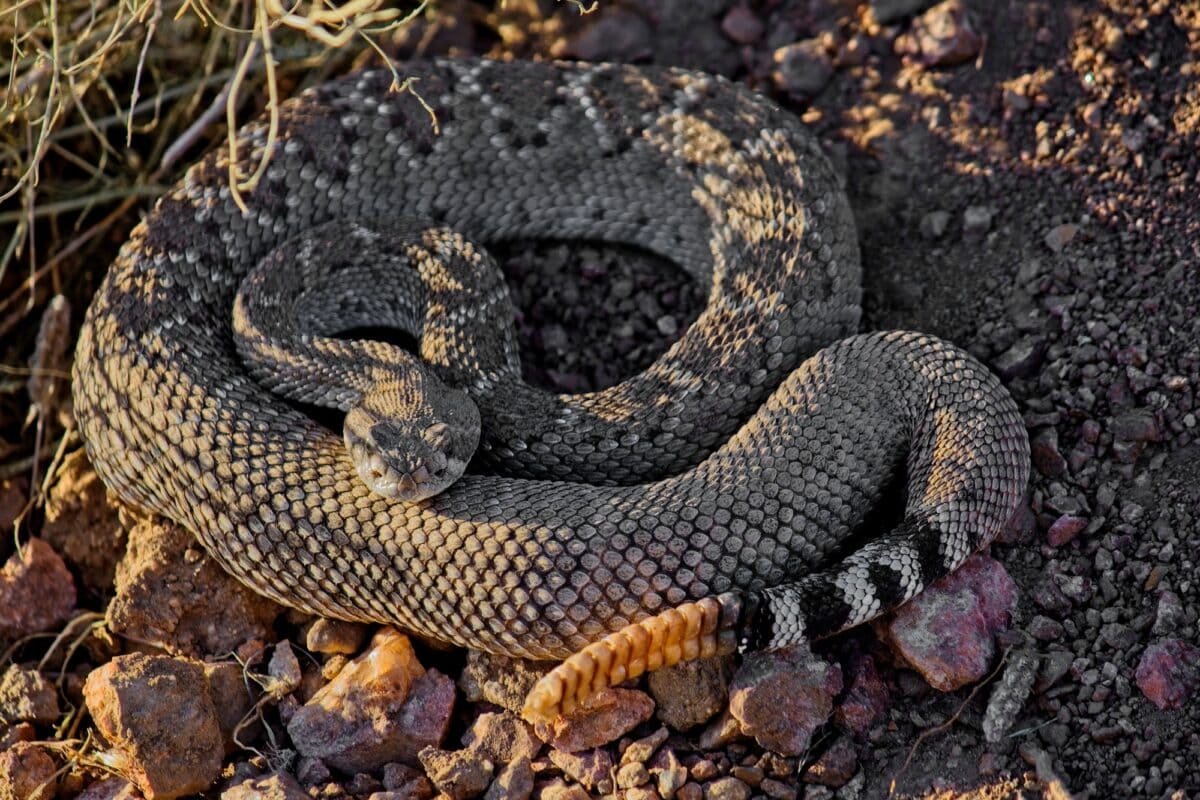
Cougars and rattlesnakes might seem like unlikely companions in the wild, but these two creatures actually share a lot in common. For starters, they both inhabit many of the same environments throughout North America. Cougars, also known as mountain lions, are found in areas ranging from dense forests to desert landscapes.
On the other hand, rattlesnakes are most commonly found in desert regions but can also be spotted in grasslands and rocky terrain. Regarding diet, cougars are known for their incredible hunting skills and will feast on a variety of prey ranging from deer to small rodents.
As their name suggests, rattlesnakes feed primarily on rodents, small birds, and insects. Despite their inherent differences, cougars and rattlesnakes are incredibly fascinating creatures that play essential roles in their respective ecosystems.
Adaptations of the Cougar – Running Speed, Camouflage Ability, Claws, and Teeth

The cougar, also known as the mountain lion, is one of the most adaptable big cats in the world. They have undergone several changes in their physical and behavioral traits to survive in different habitats. The cougar’s running speed makes it one of the fastest land animals, with exceptional agility and the ability to jump great distances.
Additionally, their camouflage ability is remarkable, which helps them blend seamlessly into their environment for effective hunting and staying hidden from predators. Cougars also have sharp claws and teeth, making them apex predators that can take down prey much more significant than themselves.
These adaptations have enabled the cougar to thrive in various habitats, such as forests, mountains, deserts, and even suburban areas. The cougar’s ability to adapt has made it one of nature’s most successful, resilient, and awe-inspiring predators.
Adaptations of the Rattlesnake – Venom Delivery System, Hearing, and Smell Sensors
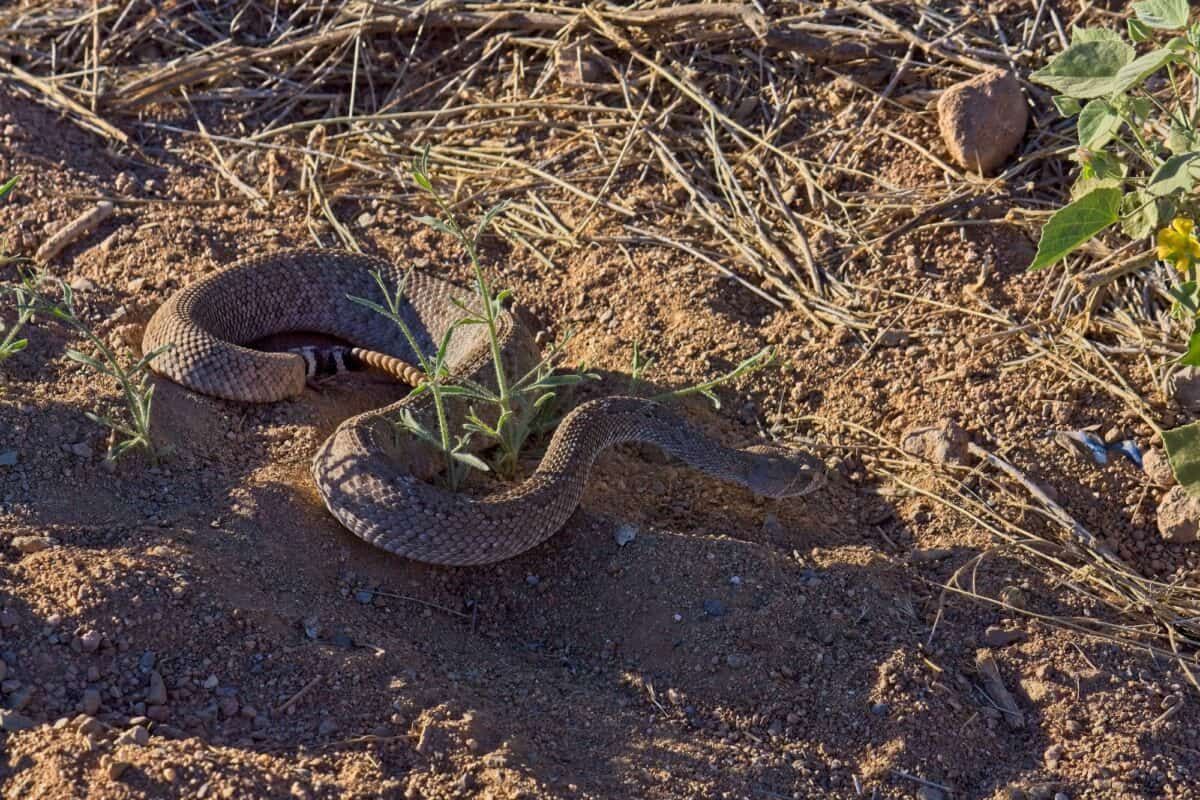
The rattlesnake is a master of adaptation, having evolved a range of unique features that make it one of the most effective predators in the animal kingdom. One of its most potent weapons is its venom delivery system, which allows it to strike swiftly and accurately at its prey, injecting a rich mixture of toxins that quickly incapacitate its victim.
In addition to its venom, the rattlesnake has empathetic hearing and smell sensors, enabling it to detect even the faintest sounds and scents in its environment. With these adaptations, the rattlesnake is perfectly equipped to navigate the challenges of the natural world and thrive in even the most hostile environments.
Hunting Strategies of the Cougar vs. Rattlesnake
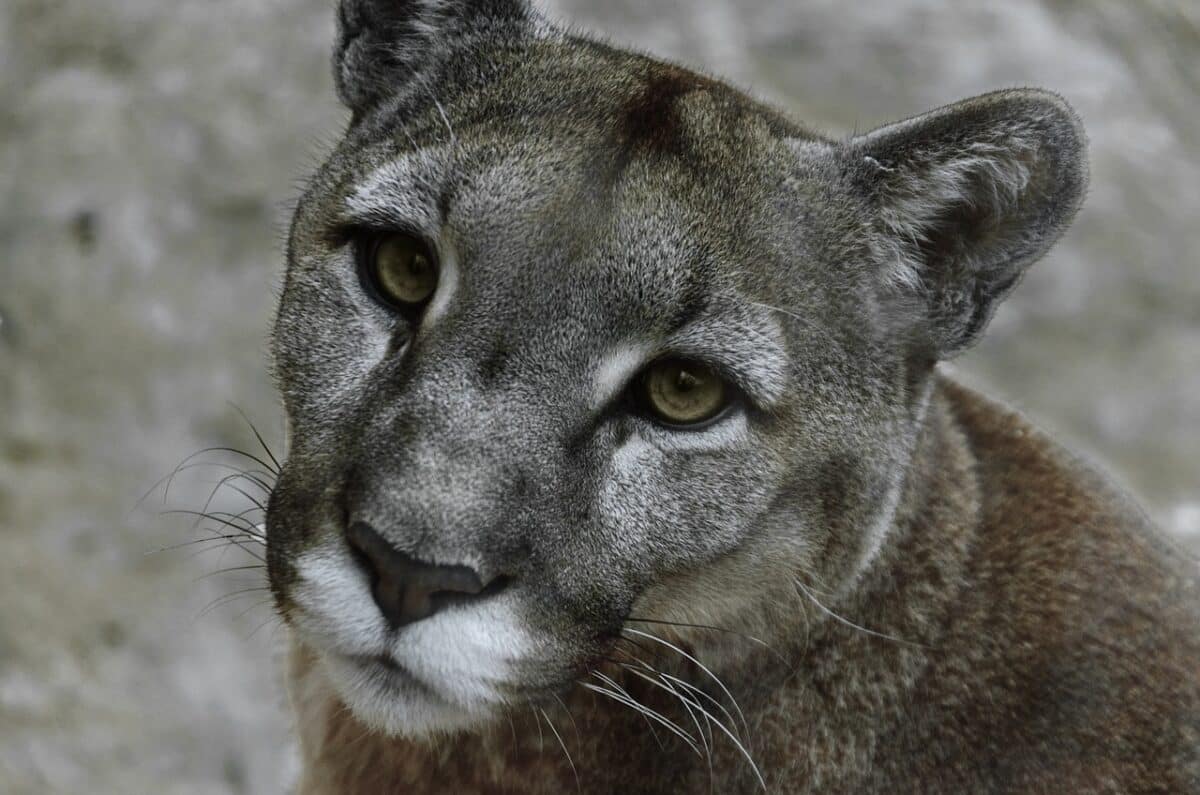
Evidently, North America’s forests, mountains, and deserts are home to two of the most fascinating creatures in the animal kingdom. They are the cougar and the rattlesnake.
While both creatures are known for their stealth and speed, each species has evolved unique hunting strategies. Additionally, to survive in their respective environments. The cougar is a skilled and patient hunter known for its ability to stalk and ambush prey from a distance. In contrast, the rattlesnake relies on a potent combination of venom and camouflage. This is to strike unsuspecting prey that wanders too close.
Despite their different approaches to hunting, both the cougar and the rattlesnake are formidable predators. Perfectly adapted to the challenges of their natural habitats.
Differences in Defensive Behavior Between a Cougar and Rattlesnake
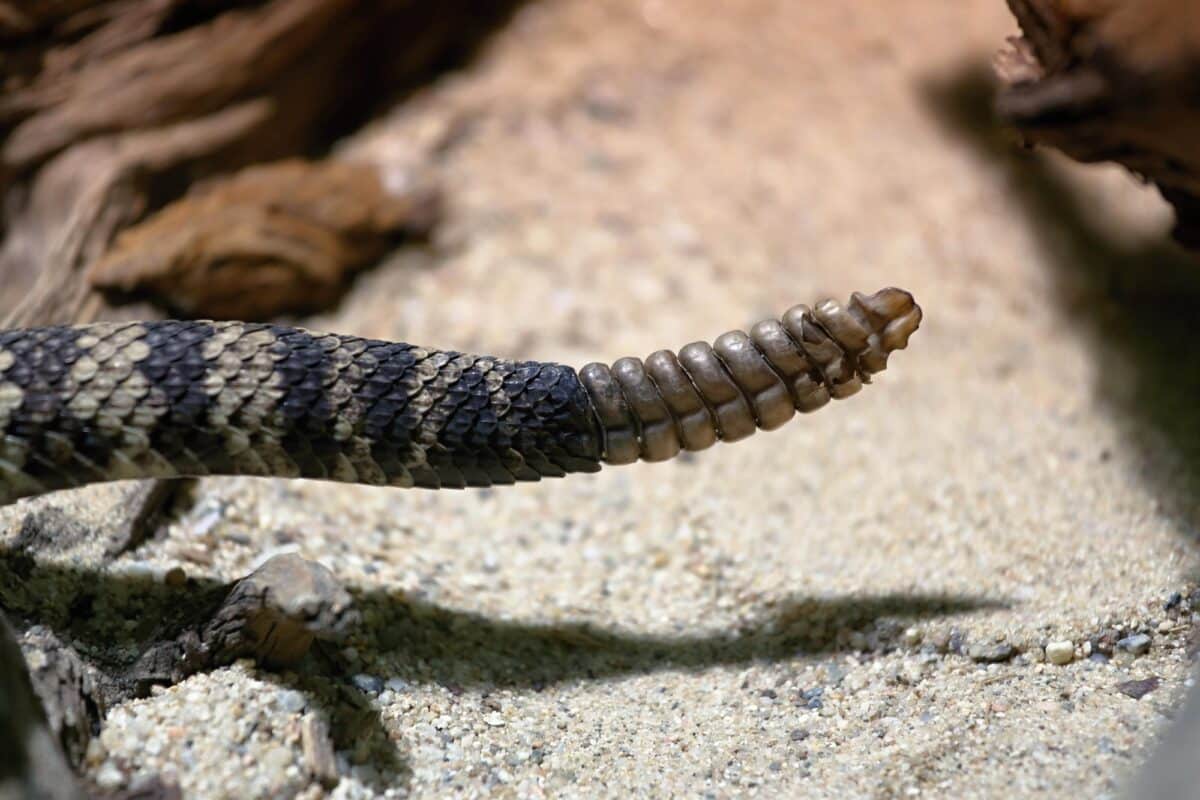
Regarding defensive behavior, the cougar and rattlesnake are two very different animals. The cougar, also known as the mountain lion, is a big cat often roaming the wilderness for prey. In terms of defense, the cougar typically relies on its size, strength, and speed. This is to elude predators and protect its turf.
On the other hand, the rattlesnake is a venomous snake that uses its rattle as a warning to keep predators at bay. If disturbed, the rattlesnake will strike with deadly precision. While both animals have unique methods of defense, they highlight the variety of ways in which animals have evolved to protect themselves in the wild.
Common Injury Types When Encountering American Cougar vs. Western Diamondback Rattlesnake
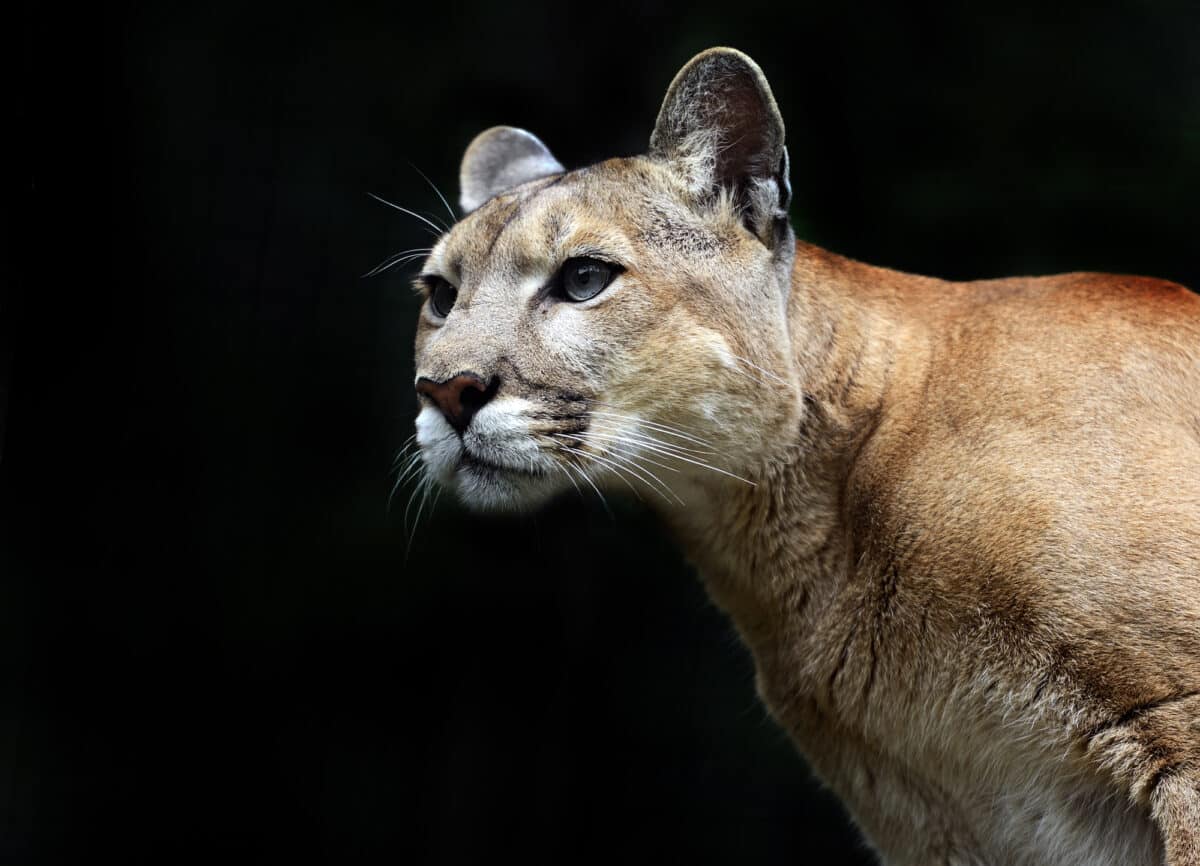
When exploring the great outdoors in North America, encountering various wildlife is part of the thrill. However, knowing the potential dangers of interacting with certain animals is essential.
In particular, encountering an American cougar or a Western diamondback rattlesnake can be particularly hazardous. While both are fierce predators, the injuries they can inflict on humans differ significantly. An encounter with an American cougar can result in bites, scratches, and even broken bones.
On the other hand, a bite from a Western diamondback rattlesnake can cause severe pain, swelling, and even tissue damage. In both cases, being cautious and respectful of these animals in their natural habitats is essential.
Must Read: Cougar attacks on children
Key Points
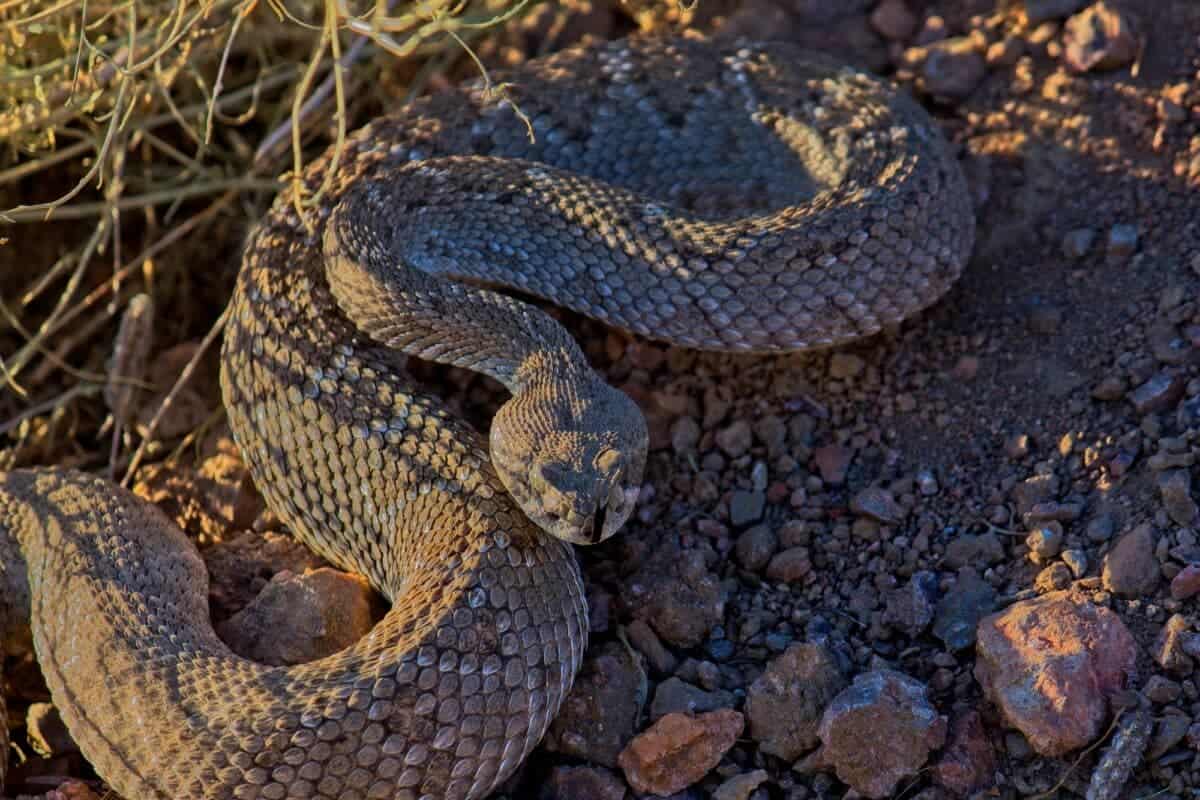
| Cougars are known for their incredible hunting skills and will feast on various prey ranging from deer to small rodents, while rattlesnakes feed primarily on rodents, small birds, and insects. |
| American cougars and rattlesnakes might seem like unlikely companions in the wild, but these two creatures share a lot in common. |
| In terms of defense, the cougar typically relies on its size, strength, and speed to elude predators and protect its turf. On the other hand, the rattlesnake is a venomous snake that uses its rattle as a warning to keep predators at bay. |
| The cougar is a skilled and patient hunter known for its ability to stalk and ambush prey from a distance. In contrast, the rattlesnake relies on a potent combination of venom and camouflage to strike unsuspecting prey that wanders too close. |
| In terms of defense, the cougar typically relies on its size, strength, and speed to elude predators and protect its turf, on the other hand, the rattlesnake is a venomous snake that uses its rattle as a warning to keep predators at bay. |
Wrapping Up with the American Cougar vs. Western Diamondback Rattlesnake
The rugged terrains of North and Central America are home to some of the most imposing mammals and reptiles in the modern world. The American cougar (Puma concolor) and western diamondback rattlesnake (Crotalus atrox) are two animals that share a mutually beneficial but cautious relationship in these wild environments.
Despite their enormous physical size barrier, both species have evolved remarkable adaptations that enable them to outwit each other in hunting or defensive behaviors. From running speed to camouflage abilities to venom delivery systems – both species use all the tools in their arsenal to survive.
As our understanding of their behavior increases, we come to appreciate the balance created between predators and prey. We also acknowledge respect for such majestic animals that traverse untamable landscapes.
Thanks for following along with me! I hope you enjoyed reading about these two entertaining animals. African Elephant vs. African Lion, African Elephants Vs. Siberian Tigers, and Hippopotamus vs. Nile Monitor is next.
- Selkirk Rex Cat - April 25, 2024
- Bald Eagle Family Expand Their Nest In California - April 24, 2024
- Firefighter Saves Abandoned Kittens Found Cuddling In Hoses - April 24, 2024

